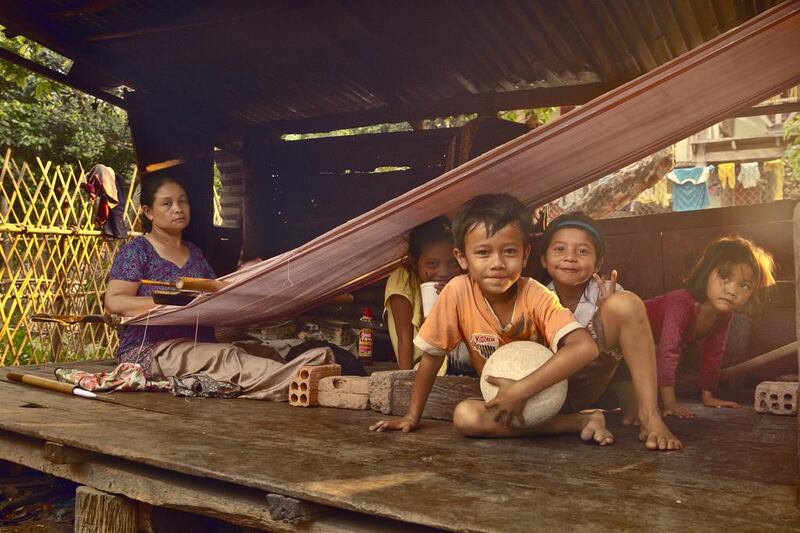After graduating in 2011 with a degree in multimedia and mass communications, Aryk M Paynkili did not want to return to a conventional life.
In fact, the whole concept of such a notion had been thrown into question for him, and so he left the United States, where he had studied, and went to India for a few months before returning to Dubai, where he was born and raised by Indian parents. In India, he began shooting photographic portraits of the working classes. It was the start of a project he would come to call Moxie Chase.
“I had a journalistic point of view and I was drawn to inspiring stories,” he says. “But I was also a young graduate and from a generation that questions what is a “normal life”. Should I look for a 9 to 5 job in the city or is there more to life than that?”
Back in Dubai, he conceived of a project that would celebrate working-class people across Asia. He made it his mission to spend time with individuals from many walks of life and portray them truthfully through a series of photographs and interviews.
“I am from a filmmaking background but I was a one-man army and I didn’t want to compromise on quality, so I decided that images were the way forward,” he says. “Getting the subject to be completely at ease with me and the camera was my main goal. Sometimes this could take several days.” And so he found himself living with tea planters in Sri Lanka, fishermen in Cambodia and tribal people in Myanmar. He also spent time among basket weavers in Indonesia, drum-makers in Vietnam and farmers in China. Paynkili views this as a lifelong project.
“I see the role of an artist as being responsible for sharing stories and contributing towards a more inclusive society,” he says. “To some people, these jobs may seem mundane and boring, but it was the pride and the dignity of their characters that drew me to them and made me want to share their stories with the rest of the world.” Paynkili digitally manipulates some of the portraits to look like paintings, an effect that elevates them from their usual low-key setting, transforming the subjects into everyday heroes.
In fact, Paynkili is more artist than photojournalist and while he features real people, he is interested in using them as an artistic means to inspire.
“I was raised in a city, and in that environment many people are defined by the jobs they do and not really the reasons why they do them,” he says.
“By doing this project and discovering these people, I realised that everyone is looking for happiness and looking for that peace and satisfaction – and this does not have to come from money or material possessions.”
The pursuit of happiness is a philosophical conundrum that fascinates artists of all disciplines but one cannot help but consider the question within the context of one’s own social background and status, so I wonder if he can ever really put himself in the shoes of a poor fisherman and know his opinion of happiness. He accepts this is a personal pursuit of happiness for him as well.
“Ultimately, I need a purpose to roll out of bed in the morning, too,” he says. “I also need to feel that I am working on something important to me and hopefully to the society I live in.
“I know a lot of people don’t have the same opportunities but they do have the same questions about what happiness means, and that is the reason why a visual project works: it reveals a perspective that shows a different world and allows everyone just to be able to appreciate more what they have.”
Paynkili is now planning the next stage of his project, which involves finding funding, doing research and finding people to work with.
“If the project is to have a future, I need to collaborate with other creative people out there who also have similar goals,” he says.
aseaman@thenational.ae





